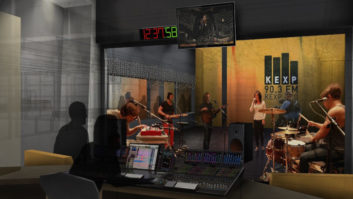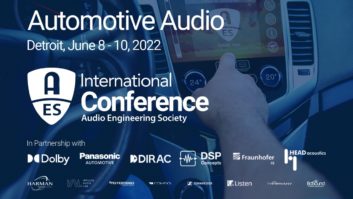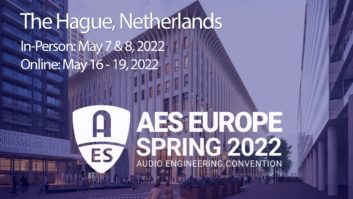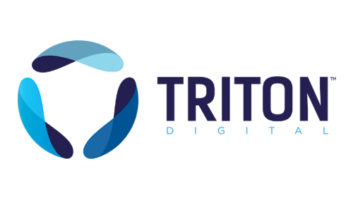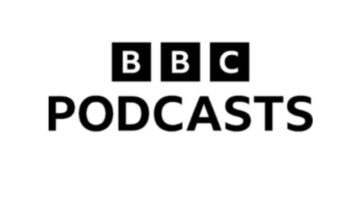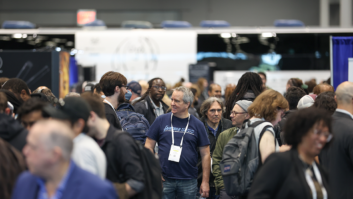The AES Show starts later this week in Los Angeles. Here’s a preview of a session, Considerations for Podcast Audio, Oct. 1, 5–6:30 p.m. for those curious about podcasts. It’ll be helmed by Rob Byers of NPR’s Training Team, an early broadcasting adopter of the podcast. Here he answers a few questions about what will be on the agenda.

Rob Byers
Radio World: Podcasting has suddenly come onto most every broadcaster’s radar, what is it?
Rob Byers: Podcasting is on-demand audio, and growth in the industry has exploded over the past few years. Think Netflix, Amazon Prime, Hulu (on-demand video outlets) — this is what podcasting is quickly trying to become. For content creators, it’s an outlet to explore new creative ideas and formats, and for broadcasters specifically, podcasting offers freedom from the broadcast clock. A story can be told in the amount of time it needs, long or short, not the amount of time automation dictates. The audience accesses podcasts through any number of portals — typically a mobile app like NPR One or a subscription service of some kind.
RW: Isn’t a podcast just recording a program while it aired and then making it available to listeners or is there more to it? Are there different types of podcasts or programs that are podcast-only?
Byers: Podcasting can be all of the above! Yes, broadcasters can certainly repurpose aired material and release it for on-demand listening. But there are many examples of successful podcasts that are produced for a podcast-only release, such as the NPR Politics Podcast (a great example of content taking advantage of the clock-free format), as well as content produced primarily for a podcast audience and then reshaped for the radio, like “Hidden Brain.” Each of these production methods requires different resources and workflow, but in the end, it’s about serving the needs of the audience.
RW: How easy is it to set up a podcast production chain and what is involved?
Byers: The barrier to entry is quite low, you simply need a set of audio production tools and the ability to deliver content to various distribution channels. That means anything from a USB mic and a laptop to a state-of-the-art broadcast facility can get you into the podcasting space. If you are already recording and producing content for radio, you’ve got what you need to get started. Beyond that, the next level is to move to managed hosting, track analytics, and serve advertising.
Spend some time listening through a handful of the thousands of podcasts available, and you will hear a wide range of production quality — this will likely be a part of the conversation during Saturday’s “Considerations for Podcast Audio” panel, as I think it’s a place for opportunity for the audio engineering community. The AES has already gotten involved in the discussion, with the release last year of a recommendation for loudness of streaming network file playback, designed to provide the audience with a more consistent podcast and streaming listening experience.
RW: Are there really many people listening to podcasts?
Byers: Definitely, and the audience is growing. In 2016, one out of every five people above the age of 12 had listened to a podcast in the last month (Edison Research, The Podcast Consumer 2016), which is significant growth from where we were in 2013, one out of every 10 people. And the trend looks to continue. In August alone, NPR reached an audience of over 8.5 million people through podcasting — and that was via more than 61 million downloads (Podtrac, August 2016).
RW: Who’s on your panel?
Byers: We’ve got a rock star panel of five engineers, producers, and technicians who are delivering some of the top content in podcasting. I’m really happy that these talented people have agreed to join me for the discussion: Dylan Keefe, director of sound design from WNYC’s “RadioLab;” Kate Bilinski, mix engineer and music editor for “Serial;” Kyle Wesloh, director of broadcast and media operations for American Public Media (producer of “In the Dark”); Brendan Baker, the producer and sound designer for “Love + Radio;” and Michael Raphael, the technical director of “The New Yorker Radio Hour” and owner of the boutique sound effects company Rabbit Ears Audio.
To me, these folks represent something really interesting happening as a result of the podcast boom. Roles in audio production are morphing and blending together. Clients are looking for a wide range of skills when they say “producer” or “audio engineer” or “sound designer.” They want a strong mix of technical skill and creative ability, including knowledge of sound design and even music scoring. We’ll discuss this trend — and the opportunity it brings — amongst the group and with the audience.
RW: Why should time-strapped attendees attend your session and what will they take away?
Byers: It’s not every day that you can get some of the best minds together from the top podcast publishers for an insightful conversation. First, we’ll pull back the curtain on some of the leading productions in the podcast world and find out how they do what they do so well. We’ll discuss the blending of technical and creative roles and the expectations of our clients, and we’ll look at how we got here. We’ll also take a closer look at advertising in podcasts and how that impacts the work of audio engineers and producers.
Podcasting allows us to serve our audience with a high-quality product and produce content in ways that we don’t always get to on the air. With that, the audio engineering and radio production world has enormous opportunity in the form of creativity and jobs, and perhaps even a little responsibility when it comes to production quality. I’m really looking forward to exploring those opportunities with Dylan, Kate, Michael, Kyle, and Brendan!






